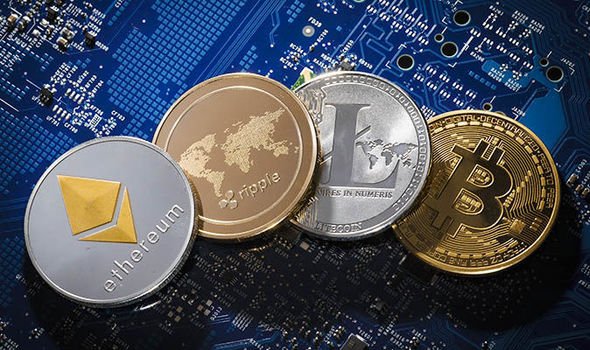Orgin of cryptocurrency
A cryptocurrency (or crypto currency) is digital asset designed to work as a medium of exchange that uses strong cryptography to secure financial transactions, control the creation of additional units, and verify the transfer of assets. Cryptocurrency is a kind of digital currency, virtual currency or alternative currency. Cryptocurrencies use decentralized control as opposed to centralized electronic money and central banking systems. The decentralized control of each cryptocurrency works through distributed ledger technology, typically a blockchain, that serves as a public financial transaction database.
Bitcoin, first released as open-source software in 2009, is generally considered the first decentralized cryptocurrency.Since then, over 4,000 altcoin (alternative coin) variants of bitcoin have been created.
Altcoin
The term altcoin has various similar definitions. Stephanie Yang of The Wall Street Journal defined altcoins as "alternative digital currencies," while Paul Vigna, also of The Wall Street Journal, described altcoins as alternative versions of bitcoin. Aaron Hankins of the MarketWatch refers to any cryptocurrency other than bitcoin as altcoins
Blockchain
The validity of each cryptocurrency's coins is provided by a blockchain. A blockchain is a continuously growing list of records, called blocks, which are linked and secured using cryptography. Each block typically contains a hash pointer as a link to a previous block,[18] a timestamp and transaction data.[19] By design, blockchains are inherently resistant to modification of the data. It is "an open, distributed ledger that can record transactions between two parties efficiently and in a verifiable and permanent way".[20] For use as a distributed ledger, a blockchain is typically managed by a peer-to-peer network collectively adhering to a protocol for validating new blocks. Once recorded, the data in any given block cannot be altered retroactively without the alteration of all subsequent blocks, which requires collusion of the network majority.
Blockchains are secure by design and are an example of a distributed computing system with high Byzantine fault tolerance. Decentralized consensus has therefore been achieved with a blockchain. It solves the double spending problem without the need of a trusted authority or central server.
The block time is the average time it takes for the network to generate one extra block in the blockchain. Some blockchains create a new block as frequently as every five seconds. By the time of block completion, the included data becomes verifiable. This is practically when the money transaction takes place, so a shorter block time means faster transactions.[citation needed]


God bless you. https://steemit.com/@biblegateway